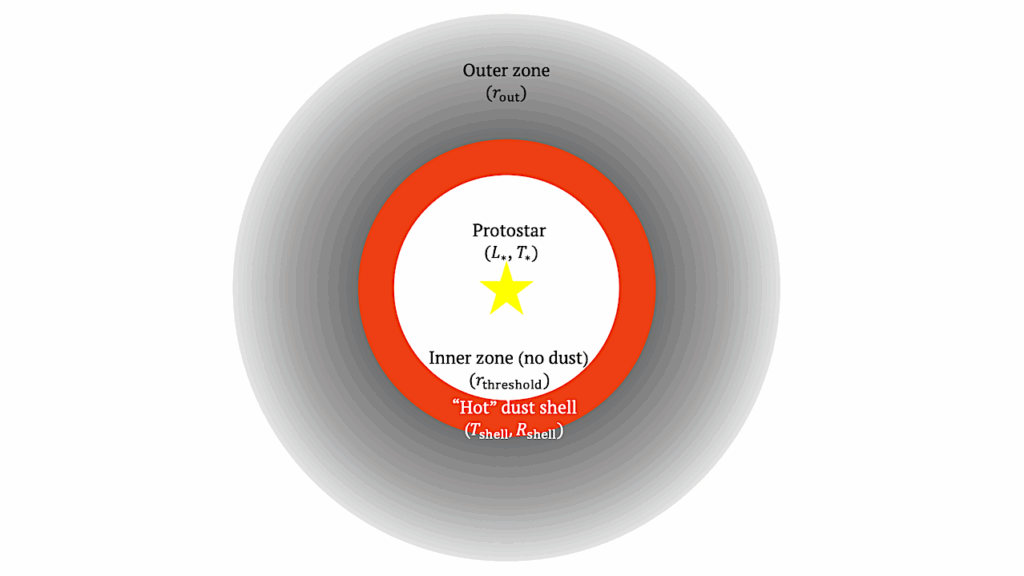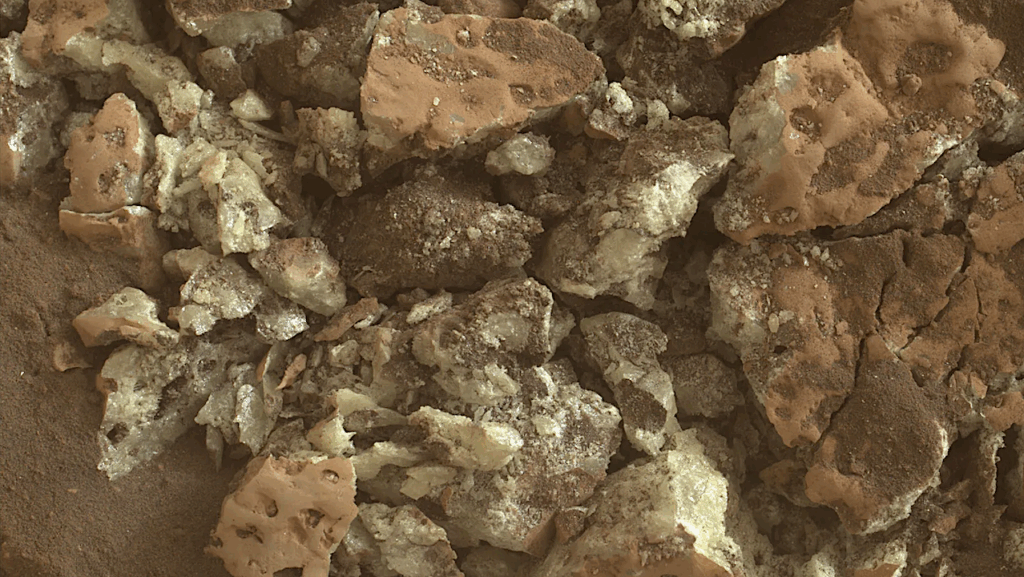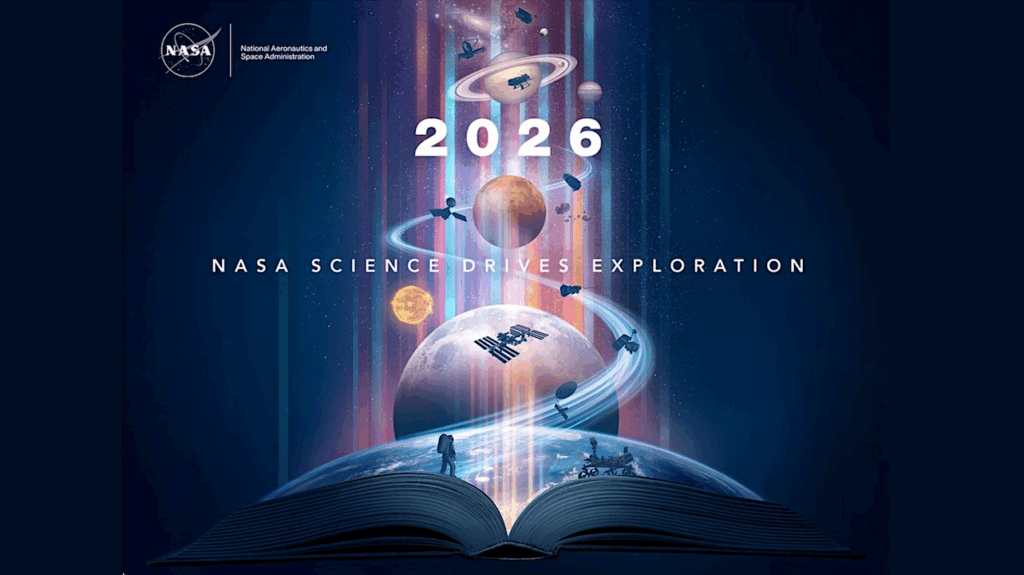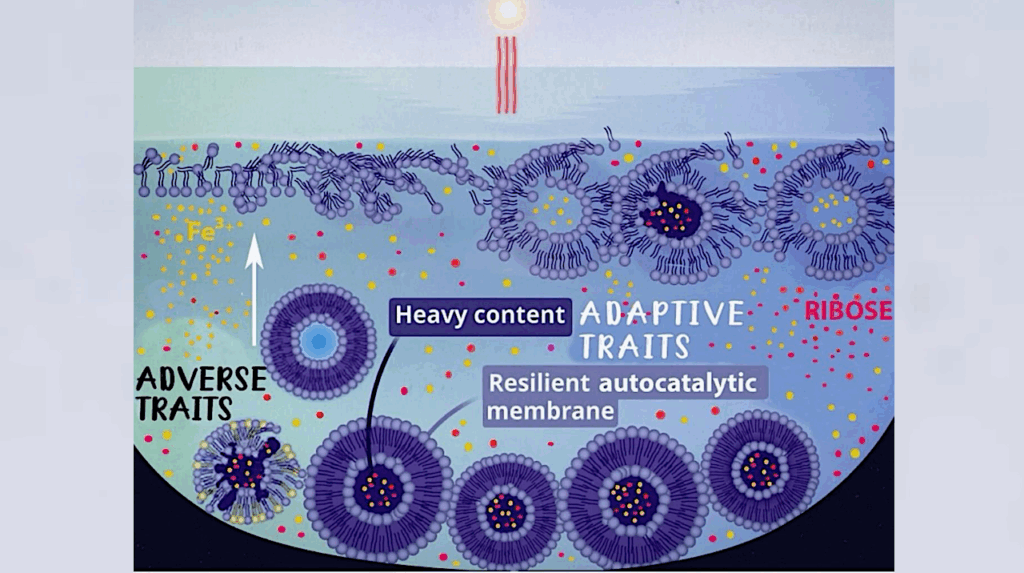A Sequential Acid-base (SAB) Mechanism In The Interstellar Medium: The Emergence Of Cis Formic Acid In Dark Molecular Clouds
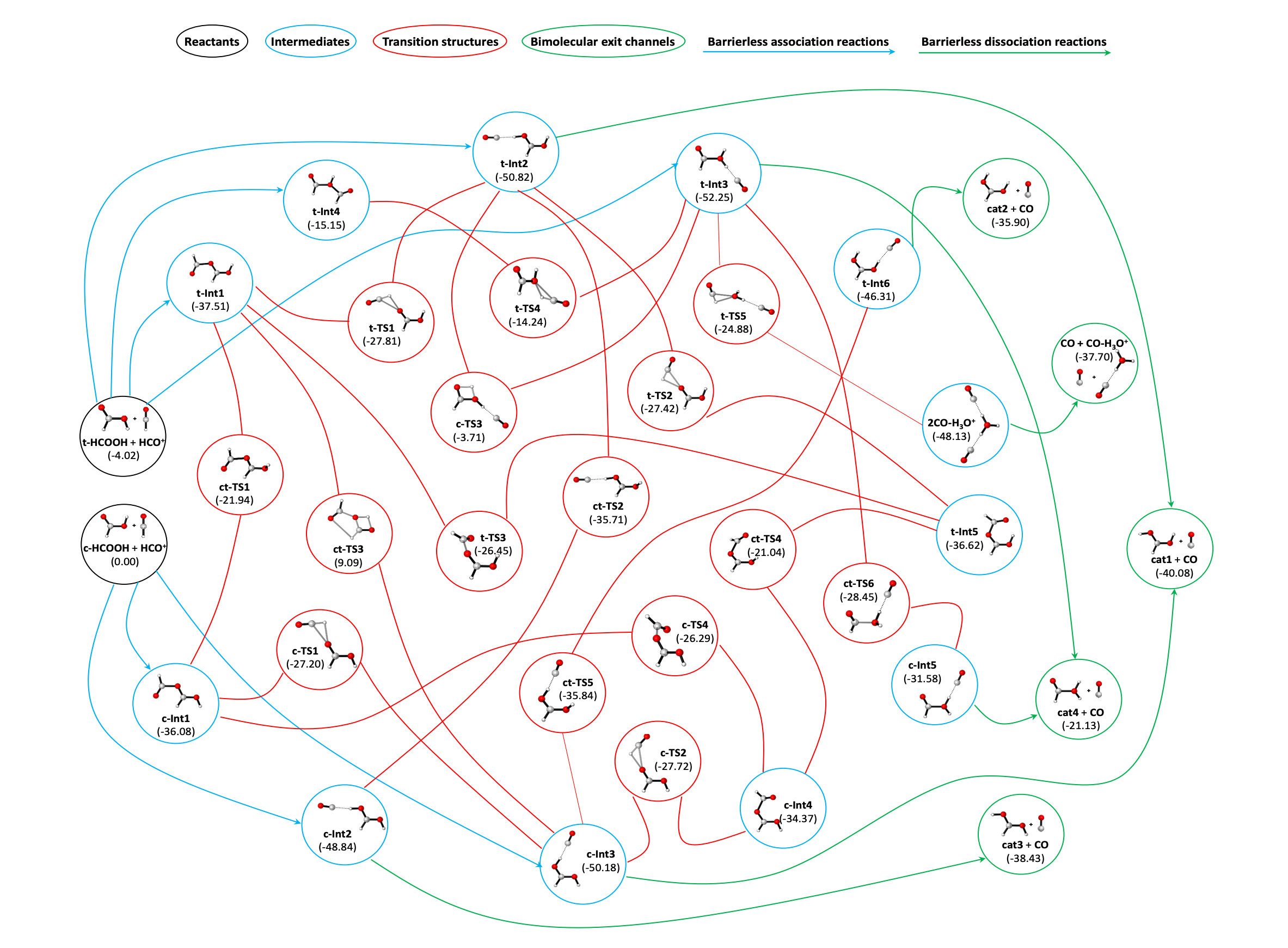
The abundance ratios between isomers of a COM observed in the ISM provides valuable information about the chemistry and physics of the gas and eventually, the history of molecular clouds.
In this context, the origin of an abundance of c-HCOOH acid of only 6% the isomer c-HCOOH abundance in cold cores, remains unknown. Herein, we explain the presence of c-HCOOH in dark molecular clouds through the destruction and back formation of c-HCOOH and t-HCOOH in a cyclic process that involves HCOOH and highly abundant molecules such as HCO+ and NH3.
We use high-level ab initio methods to compute the potential energy profiles for the cyclic destruction/formation routes of c-HCOOH and t-HCOOH. Global rate constants and branching ratios were calculated based on the transition state theory and the master equation formalism under the typical conditions of the ISM.
The destruction of HCOOH by reaction with HCO+ in the gas phase leads to three isomers of the cation HC(OH)2+. The most abundant cation can react in a second step with other abundant molecules of the ISM like NH3 to form back c-HCOOH and t-HCOOH. This mechanism explains the formation of c-HCOOH in dark molecular clouds. Considering this mechanism, the fraction of c-HCOOH with respect t-HCOOH is 25.7%.
To explain the 6% reported by the observations we propose that further destruction mechanisms of the cations of HCOOH should be taken into account. The sequential acid-base (SAB) mechanism proposed in this work involves fast processes with very abundant molecules in the ISM.
Thus, HCOOH very likely suffers our proposed transformations in the conditions of dark molecular clouds. This is a new approach in the framework of the isomerism of organic molecules in the ISM which has the potential to try to explain the ratio between isomers of organic molecules detected in the ISM.
Juan García de la Concepción, Izaskun Jiménez-Serra, José Carlos Corchado, Germán Molpeceres, Antonio Martínez-Henares, Victor M. Rivilla, Laura Colzi, Jesús Martín-Pintado
Subjects: Astrophysics of Galaxies (astro-ph.GA); Chemical Physics (physics.chem-ph)
Cite as: arXiv:2301.07450 [astro-ph.GA] (or arXiv:2301.07450v1 [astro-ph.GA] for this version)
Submission history
From: Juan García de la Concepción
[v1] Wed, 18 Jan 2023 11:45:25 UTC (1,909 KB)
https://arxiv.org/abs/2301.07450
Astrobiology, Astrochemistry



